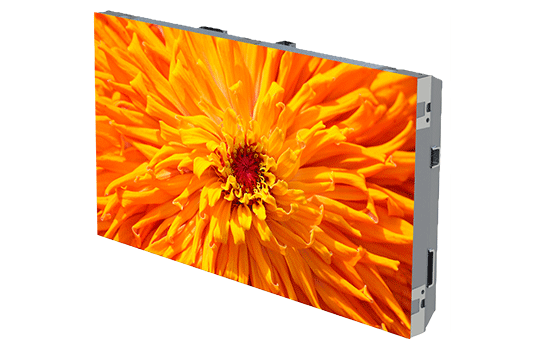The initial step in guaranteeing color precision is comprehending how LED systems works. LEDs, or light-producing diodes, generate light in multiple colors by combining red, green, and blue (RGB) light. Each pixel on an LED wall consists of these three colors. When calibrated properly, the combination of RGB can produce a broad range of hues. However, if one hue is too intense or too dim, it can throw off the entire display. This is why calibration is necessary to balance the hues and reach the intended graphic effect.
Calibration involves modifying the configurations of the LED wall to make sure that the colors displayed correspond the original content as nearby as possible. This procedure typically includes using specific software and hardware tools. Technicians often use color assessment devices, such as spectrophotometers, to examine the hues being displayed. By contrasting the measured hues to benchmark color values, they can make exact adjustments. This guarantees that the hues are not only vibrant but also uniform across the whole display.
Another important aspect of color precision is understanding the surroundings in which the LED wall is employed. Elements such as ambient light can considerably impact how hues appear. For example, a well-lit lit room may wash out hues, making them look less lively. To counteract this, technicians may modify the read the full info here luminosity and contrast configurations of the LED wall. Additionally, they may select specific color profiles that are better appropriate for different lighting environments. This adaptability helps maintain color precision regardless of the observing environment.

Finally, regular maintenance and re-tuning are crucial for keeping an LED wall looking its best. Over time, the performance of LEDs can change due to factors like aging and heat fluctuations. Regular checks and modifications can help guarantee that the colors remain correct and lively. By investing time in appropriate tuning and maintenance, venues can provide audiences with breathtaking graphic displays that enhance their total experience. Mastering color precision in LED wall calibration is not just a mechanical task; it is an art that adds to the wonder of visual narration.